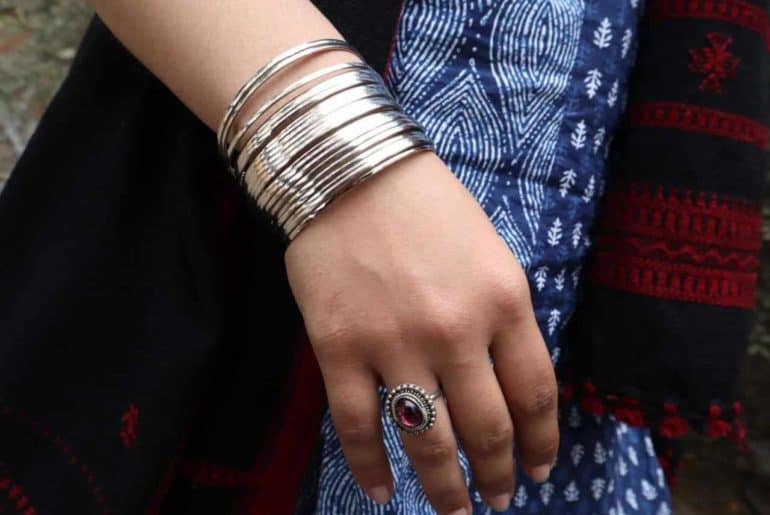A recent online wave in Lady Shri Ram College for Women (LSR) highlighted a silent setback in the campus. Many students raised voices in unison, against the cancer of discrimination.
Lines along the Indian landmass were demarcated years ago, along linguistic isobars . Years later, linguistic lines lurk around the corridors of LSR, a difference which stands – one language pushes others to the shackles of exclusion. Language – a tool of communication fails its capability when the very tool of communication becomes the tool of division. A virtual pedestal is set in many minds, merely based on an entitled proficiency in a certain language.
The heavy words of empowerment, solidarity and strength lie as empty rhetoric while the ‘superior’ language is garlanded with appreciation. October witnessed an online ‘mini-movement’ when Overheard LSR drew light upon the issue of inclusivity in LSR. The initiative got a great response from students; turning out to be like a litmus test for the impending superiority which reigns supremacy in the campus. As the discussion progressed, a sharp turn took it towards language barriers. Overheard LSR asserted – “Life in LSR is complicated, to say the least. From the outside, it looks great. It shows you woman power and solidarity and makes you feel like you’ve found a place to belong in… However, for so many people LSR is exactly what it supposedly fights against… Everytime we convert a class of 18-year-olds into groups, into ‘us’ and ‘them’ – look around. What is it that’s right in front of us each day and yet we consciously choose to look right past it?”
Students, specially from the Department of Hindi and Sanskrit face a lot of problems in this regard. Simple activities turn out to be a huge weight on one’s bosom. A student from the Department of Hindi who did not wish to be named said, “I come from a very small town in Uttarakhand. At the very beginning I was excited about LSR, but eventually, language turned out to be a great barrier. Even when I got my subject for General Elective, I had to change it because my teachers used English as the medium for lectures which made the task of understanding very difficult. Eventually, I opted for Sanskrit as the language is not an issue in this case,”. She further added, “If I wish to talk to people from any other department, then English has to be a must; also listening to them speak in English makes me feel that I thought of talking to the wrong person. Here, English is a ‘status language’ but I do face a lot of problem – whether it comes to the administration or professors. I feel like only talking to people from my own department”
Anjali Jha, another student from the Department of Hindi said, “I think our professors sometimes ignore students from the departments of Hindi and Sanskrit. We never said that we have any problem regarding the usage of English as the medium. However, our professor speaks in Hindi whenever she talks to us, it feels ‘weird’. Just because someone opts for Hindi or Sanskrit does not mean that she does not know English, it is only the fact that someone wants to pursue a specific subject.”
While alienation cannot be a neglected fact, a peaceful coexistence does find a place . Anusha Khan, a first-year student pursuing English Honours who has keen interest in Hindi and Urdu poetry had something to say, “I recently participated in the inter-college Hindi/ Urdu Poetry competition which was an overwhelming experience. It made me realise how exquisite any language can be. No means of expression need any kind of validation from anyone.”
A student from LSR who wanted to remain anonymous said, “I am not sidelining the fact that discrimination is the harsh truth. But being a part of the college magazine, I must say that diversity is acknowledged. Recently, we shortlisted Language Editors- Assamese, Bengali, Kashmiri, Telegu; we have editors for many languages. An inclusive space is not absolutely obsolete.”
Thoughts have been highlighted but an emphasised change is awaited.
Feature Image Credits: DU Beat Archives
Priyanshi Banerjee


